Discovering the Dour
In September I took a trip down to Dover and discovered another little urban chalkstream that’s spookily similar to the Wandle:
Long before recorded history, the Dour was responsible for creating one of Britain’s earliest natural harbours, wearing a deep notch into the chalk cliffs and providing Neolithic boatmen with a safe landing-place in a strange new land. Since then, this little four-mile river been exploited for the usual rich mix of industrial processes, including tanneries, corn, paper and sawmills, and iron foundries for the military garrison that fortified Dover against continental incursions for most of a millennium. And on our own first sight of the river, a couple of weeks ago, the whole of our South East Rivers Trust team found it hard to suppress a sense of déjà vu…
Just like our home water on the Wandle, the Dour’s spring-fed sources have been landscaped as water-features in manicured public gardens, tidily edged with stonework and toe-boards that now seem ripe for ripping out and softening with native plants. Sometimes, from bridges across concrete channels and wide mill-ponds, you catch glimpses of astonishingly large trout, the kind of trout you’d be happy to see in any chalkstream: leviathans that hang around just long enough to be photographed under stern No Fishing signs before fading into silty weedbeds or ivy-tangled undercuts.
But that’s where some of the similarities between these urban chalkstreams end – because unlike the easily-accessible Wandle, the Dour becomes progressively tougher to get at, the further it plunges down its post-industrial valley…
Please click through to read the full latest episode of my Urbantrout Diaries, which has now been published on Flyfishing.co.uk …
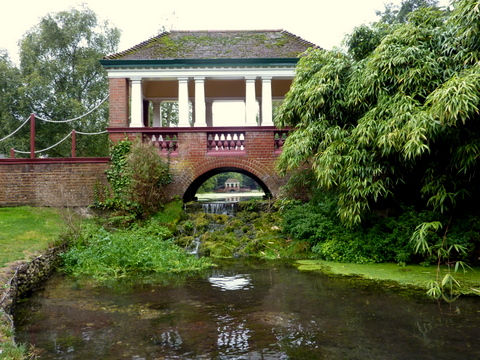
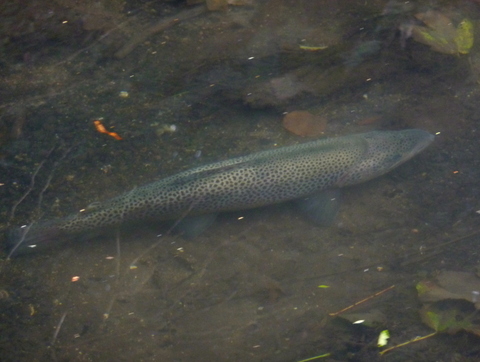
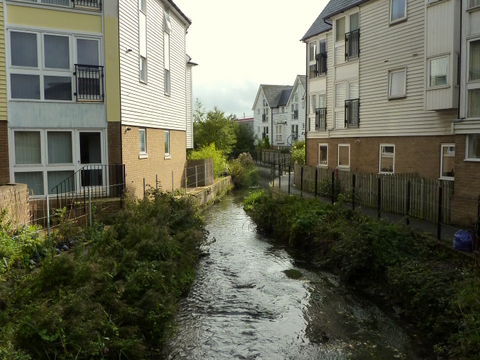
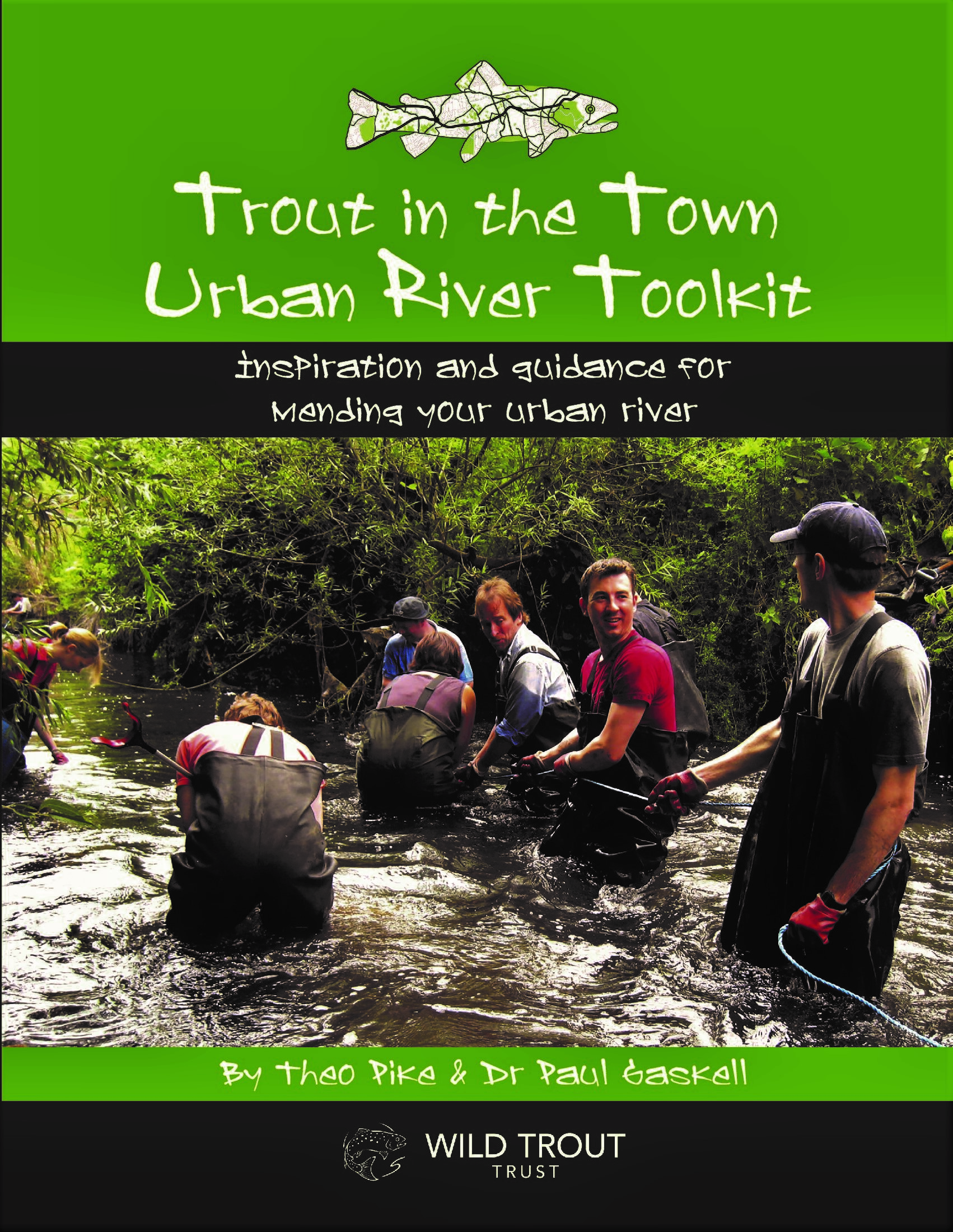
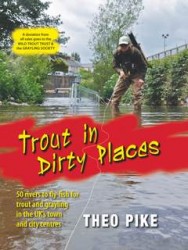
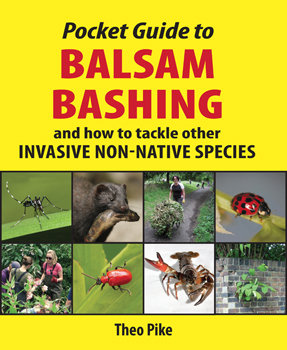
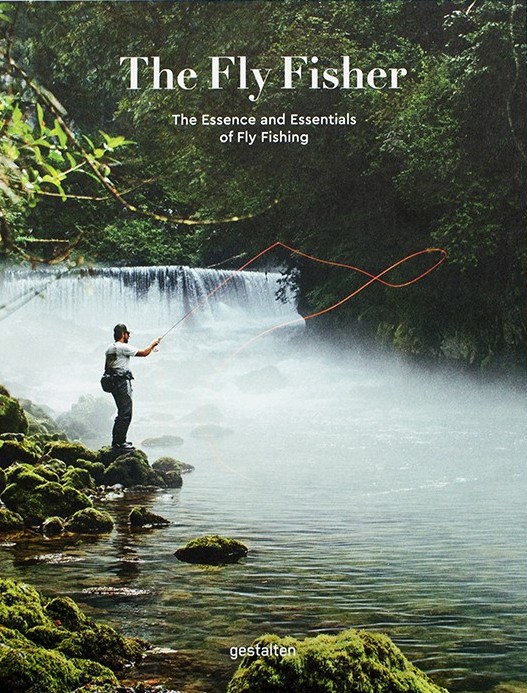
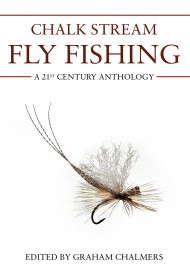
Excellent article! Thanks for sharing this picture of a very healthy looking trout!
I love this river and have walked from Wellington Dock to its source. The number of beautiful trout I saw was great to see.